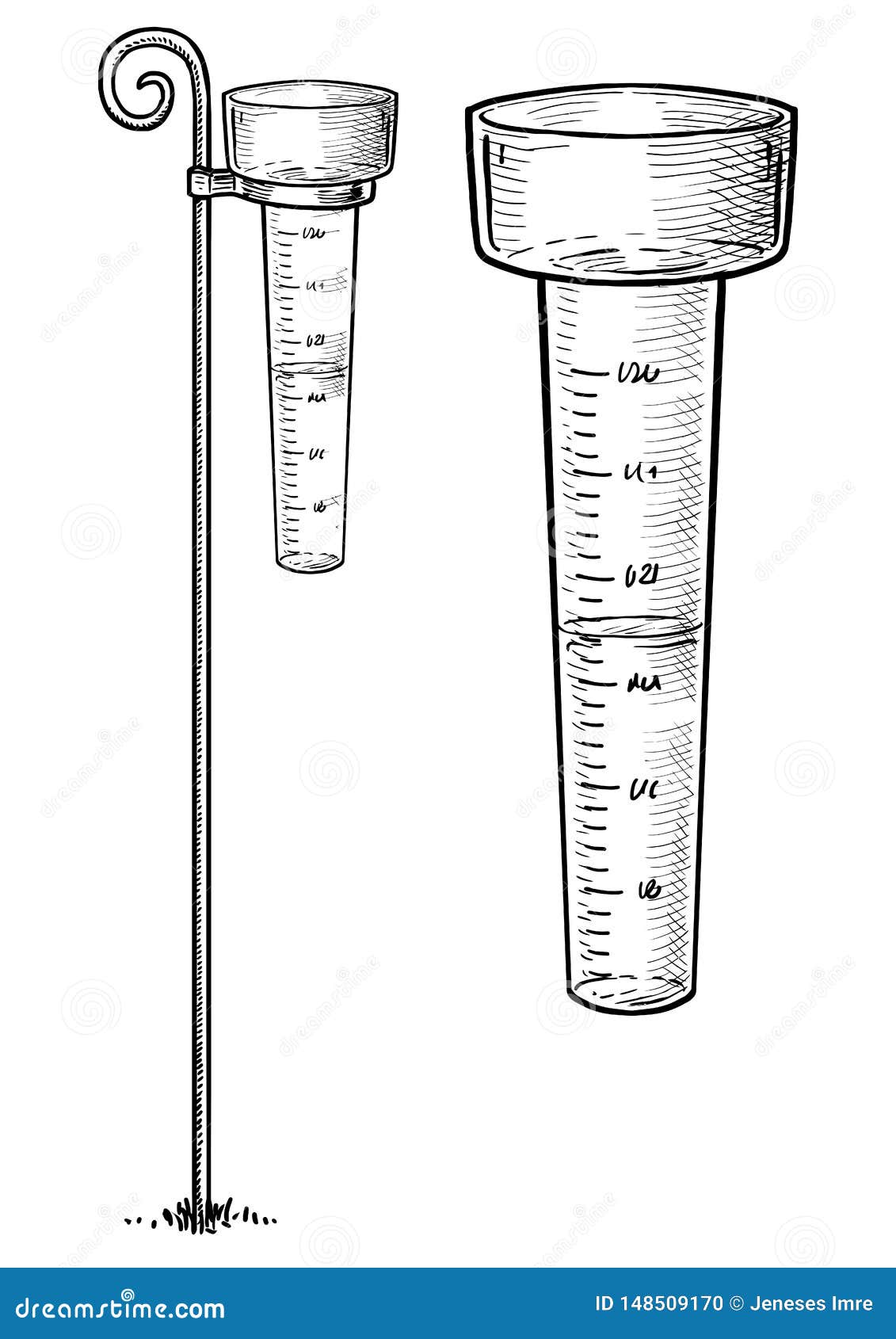Compare the Leading Rain Gauge Versions for Accurate and Constant Analyses
Compare the Leading Rain Gauge Versions for Accurate and Constant Analyses
Blog Article
Introducing the Scientific Research Behind Rain Determines: Exactly How These Instruments Play an Important Role in Climate Research and Ecological Surveillance
Rain evaluates, seemingly simple tools, hold an extensive importance in the realm of climate research and environmental surveillance. These unassuming tools silently gather one of nature's most crucial aspects-- rainfall. Behind their plain facade exists a complicated science that is important for understanding the characteristics of our setting. As we peel off back the layers of this scientific shroud surrounding rainfall evaluates, we reveal a world where accuracy, data accuracy, and careful monitoring merge to introduce a much deeper understanding of our changing environment and its influence on the world.
Significance of Rain Gauges
Rainfall determines play an essential role in surveillance and gauging rainfall degrees, providing necessary data for climate study and evaluation. These tools are fundamental in measuring the amount of rains that happens in a particular area over a particular duration. By gauging and collecting rainwater, rain determines offer useful understandings right into the distribution and strength of precipitation, assisting meteorologists, hydrologists, and climatologists in understanding climate patterns and patterns.
Additionally, long-lasting information gathered from rain gauges aids in evaluating climate adjustment impacts and patterns, adding substantially to clinical study and decision-making processes. In significance, rain evaluates serve as vital tools in the field of weather forecasting and environmental science, playing a crucial role in progressing our understanding of weather and environment dynamics.
Types of Rainfall Scales

Capability and Procedure
In the realm of environment research study and atmospheric researches, the efficiency of rain assesses lies in their detailed functionality and specific functional mechanisms. Rainfall determines are made to precisely determine the quantity of rainfall that drops over a particular area throughout a set duration.
The performance of rain evaluates is based on the principle of gauging and gathering rainwater in a standard fashion. This collected data is essential for comprehending regional weather condition patterns, tracking lasting environment trends, and assessing environmental influences. To guarantee exact measurements, rain assesses need to be purposefully put in open areas away from blockages such as structures or trees that could hinder the collection process.
The functional aspect of rainfall determines entails regular upkeep to avoid particles accumulation, calibration checks to keep dimension accuracy, and information recording for evaluation (rain gauge). In general, the capability and operation of rain gauges are important for collecting reliable rainfall information crucial to climate research and environmental monitoring
Duty in Climate Research
Provided the essential value of precise precipitation measurements in recognizing weather patterns and environmental effects, the role of rain evaluates in climate study is crucial. Rain evaluates supply crucial data for environment research study by evaluating the amount of precipitation that drops over a certain area during a given period. This information is vital for monitoring long-term patterns in rainfall patterns, examining the impact of environment adjustment on rainfall distribution, and improving environment models.

Climate researchers utilize data gathered from rain gauges to examine variations in precipitation degrees, recognize local environment fads, and evaluate the efficiency of water source administration techniques. By comparing historic precipitation data with existing dimensions, scientists can find shifts in rainfall patterns, such as changes in the regularity or strength of rains events. This information is important for recognizing just how climate change is affecting precipitation dynamics and can aid policymakers make educated choices concerning adaptation and reduction techniques.
Applications in Environmental Monitoring

In flood projecting, rainfall gauge information helps to track rains intensity and circulation, permitting authorities to go to this site release timely cautions and take needed measures to mitigate flooding dangers (rain gauge). Dry spell surveillance counts on rainfall scale data to analyze wetness degrees in the soil and track rainfall shortages, aiding in the identification of drought-prone locations and the application of drought response methods
In addition, rain gauge data plays a crucial duty in water resource administration by giving information on water availability and usage trends. This data is used to make informed decisions regarding water allotment, conservation actions, and lasting water resource preparation. In addition, in agriculture, rainfall scale information helps farmers in maximizing irrigation timetables, crop option, and overall ranch management techniques based on local precipitation patterns. On the whole, rainfall assesses are vital tools in environmental tracking, supplying beneficial insights that add to educated decision-making and lasting resource management.
Conclusion
To conclude, rainfall evaluates are necessary devices for measuring precipitation, supplying useful data for climate research and ecological surveillance. With numerous types and capabilities, rainfall assesses play a crucial role in comprehending precipitation patterns and their influence on the setting. By accurately measuring rains, these devices add to the development of clinical knowledge and aid in making notified decisions related to water resource administration and disaster preparedness.
Rain assesses play an important duty in monitoring and measuring rainfall degrees, offering check important information for climate study and evaluation. The conventional rain gauge, recognized as the "tipping container" gauge, is one of the most generally used tools. Ultrasonic rain evaluates usage noise waves to spot the presence of rain, providing real-time information on precipitation degrees.Climate researchers make use of information accumulated from rainfall evaluates to examine variations in rainfall degrees, recognize regional environment fads, and examine the performance of water source monitoring techniques.In final thought, rain gauges are vital devices for gauging precipitation, offering beneficial information for climate study and ecological monitoring.
Report this page